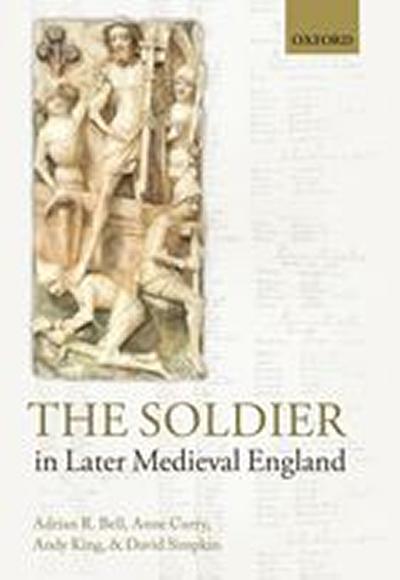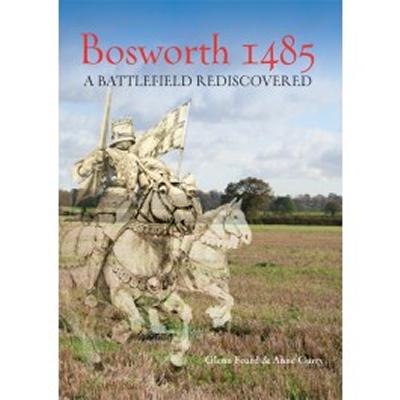Professor Anne Curry BA, MA, PhD, FRHistS, FSA, FHA
Emeritus Professor of Medieval History
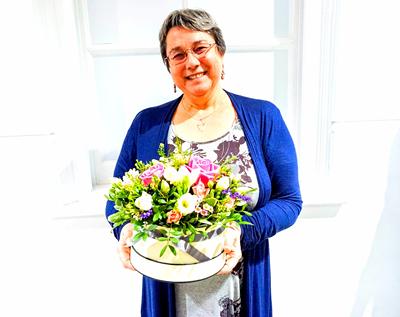
Professor Anne Curry is Emeritus Professor of Medieval History
My special interest is the Hundred Years War, especially the battle of Agincourt, English armies and Joan of Arc. I was principal investigator on a major AHRC project which led to the creation of an on-line database of soldiers serving between 1369 and 1453 (medievalsoldier.org). On that website you can also find an Agincourt 600 section where I have put the results of my researches on English and French armies at the battle.
2015 – the 600th anniversary of Agincourt – was amazing for me. I was heavily involved in the commemorations and, as chair of Trustees of the Agincourt 600 charity, in making grants from the £1m received from HM Government. The greatest honour was being invited to speak in English and French on the day itself (25 October) at the inauguration of a new monument on the battlefield. To read more visit agincourt600.com.
I was heavily involved in the creation of a new museum at Azincourt, which opened in September 2019. At the Historial of Joan of Arc at Rouen you can see me as a hologram and ask me questions! I have also worked with French historians on an exhibition in Troyes to commemorate the treaty sealed there on 21 May 1420 which made Henry V heir to the French throne.
My current research focus is the English army in Normandy between 1415 and 1450. I have been awarded a Leverhulme Emeritus Fellowship to produce an on-line calendar of the Norman rolls of Henry V. I completed a project to put online all of the Gascon rolls from 1317 to 1467 (gasconrolls.org). I am also working with colleagues from the Universities of Reading, Oxford and Glasgow on an AHRC project on the Peasants’ Revolt (‘The People of 1381’).
I was a Vice-President of the Royal Historical Society, President of the Historical Association (2006-9), and Dean of the Faculty of Humanities at the University of Southampton (2010-18). I have been a Trustee of the Royal Armouries and am currently Chair of The Battlefields Trust (battlefieldstrust.com), and Upper Warden of the Worshipful Company of Fletchers (fletchers.org.uk).
I am always keen to give talks and academic papers on my research, and happy to receive any Agincourt-related and Hundred Years War queries . Please contact me on a.e.curry@soton.ac.uk.
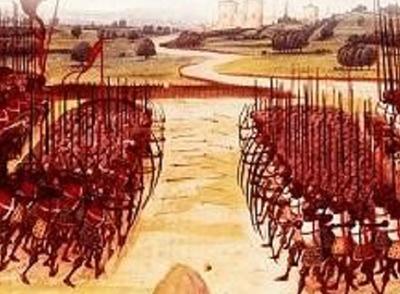
Great Battles - Agincourt
One of the most famous and enduring battles in English history, immortalized in Shakespeare's Henry V.
Find out more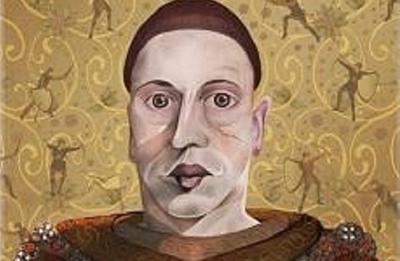
Henry V
Agincourt was a battle that Henry should not have won - but he did, and the rest is history...
Find out more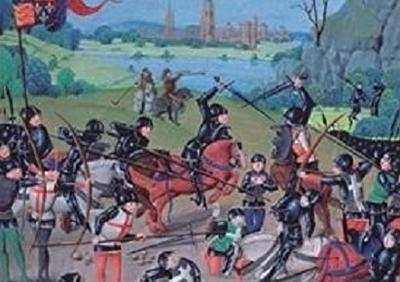
The Battle of Agincourt
This comprehensive, illustrated volume provides a defining reassessment of England’s legendary victory on the fields of Agincourt on October 25, 1415.
Find out more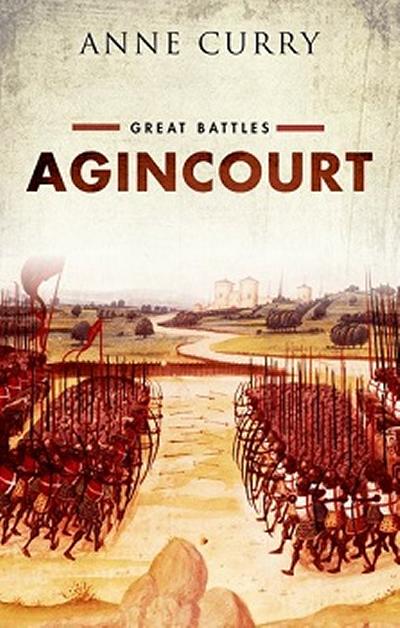
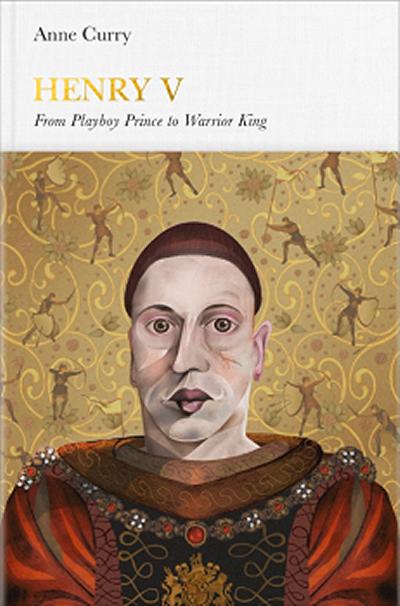
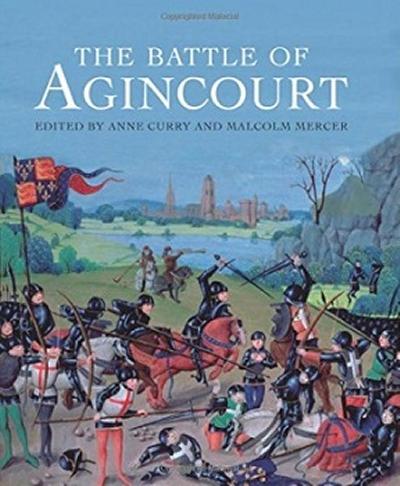
I was President of the Historical Association 2006-9, and am now a Trustee of the Royal Armouries. Please contact me if would like me to give a talk, or if you are interested in postgraduate research in my field, or have any Agincourt-related queries and news.
